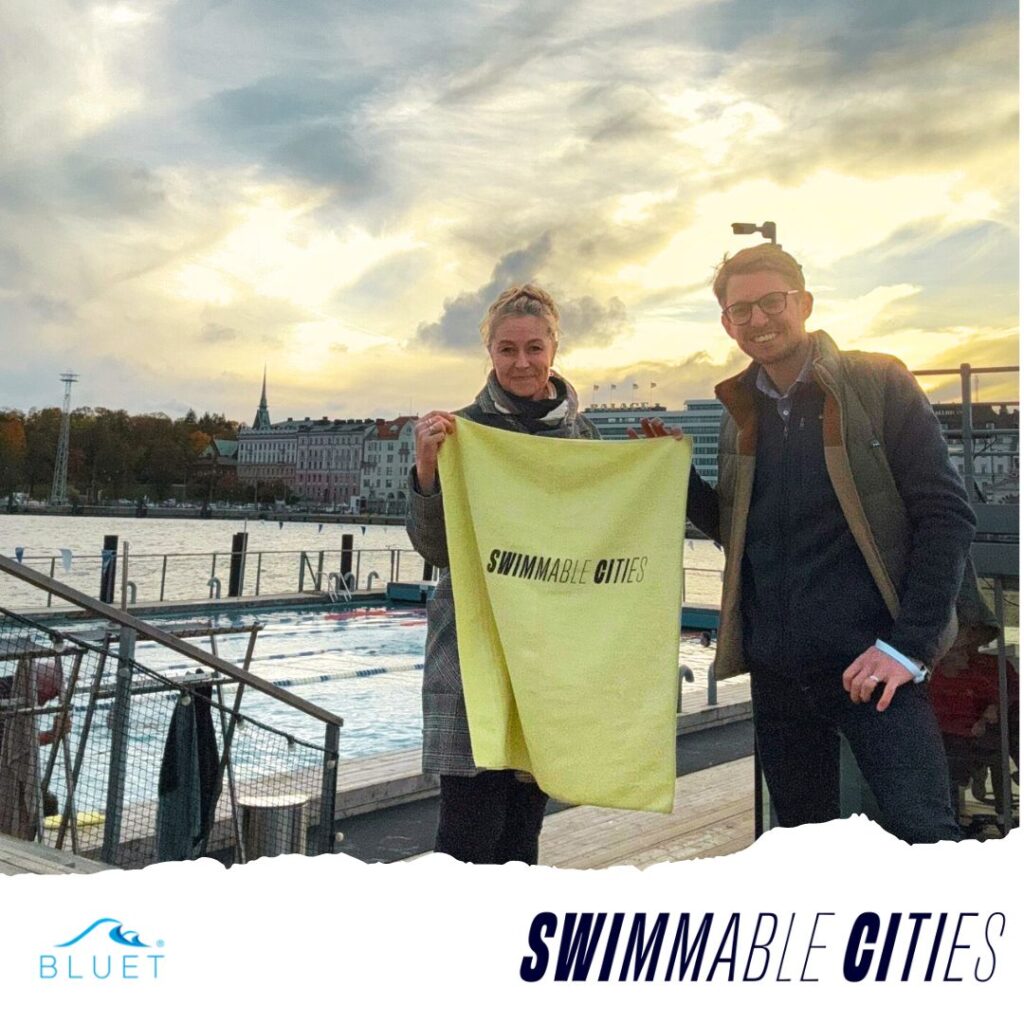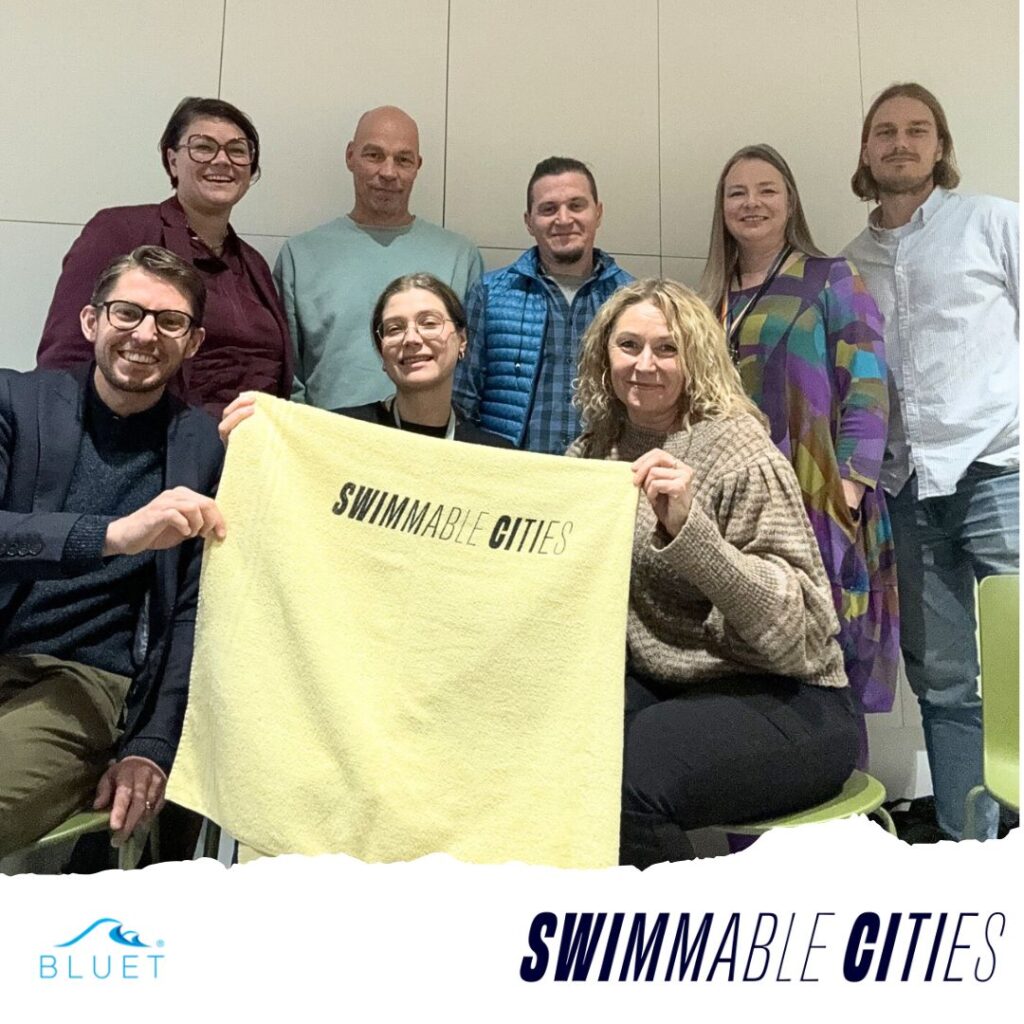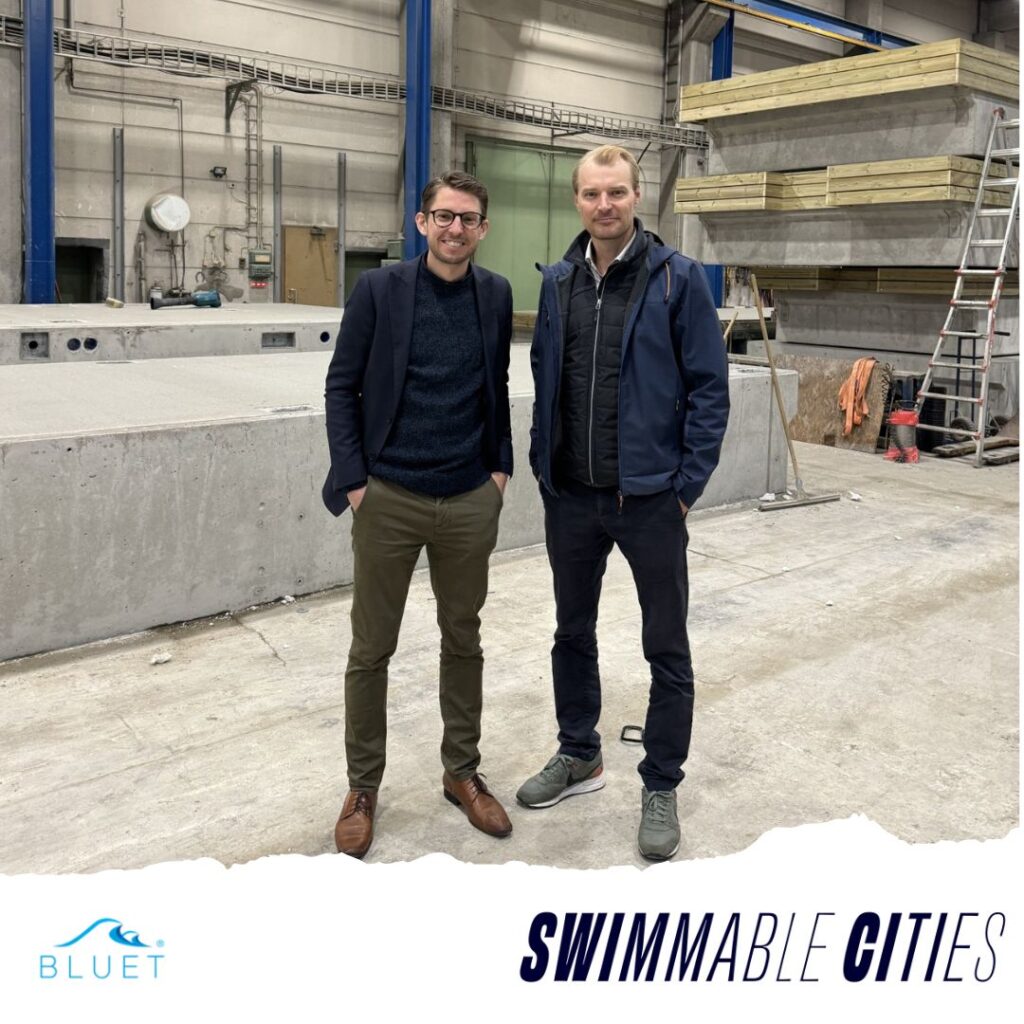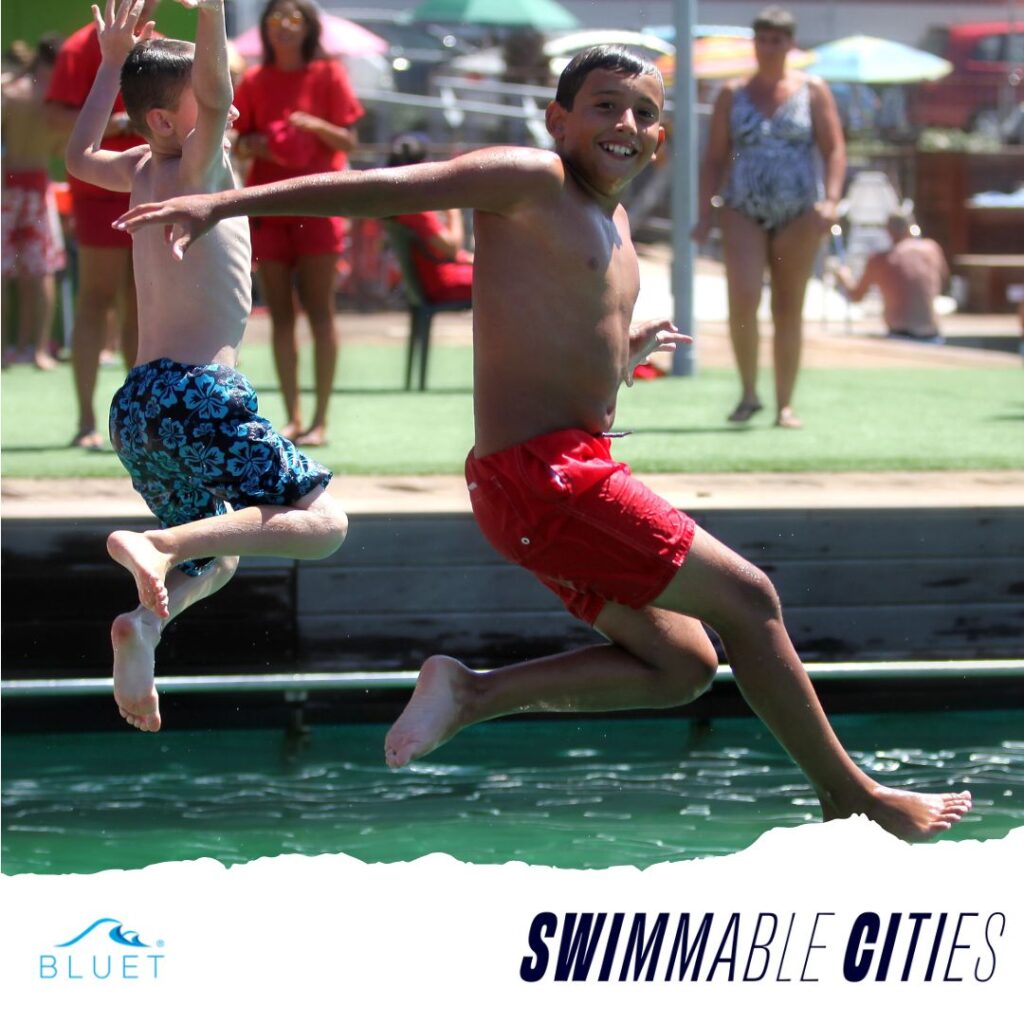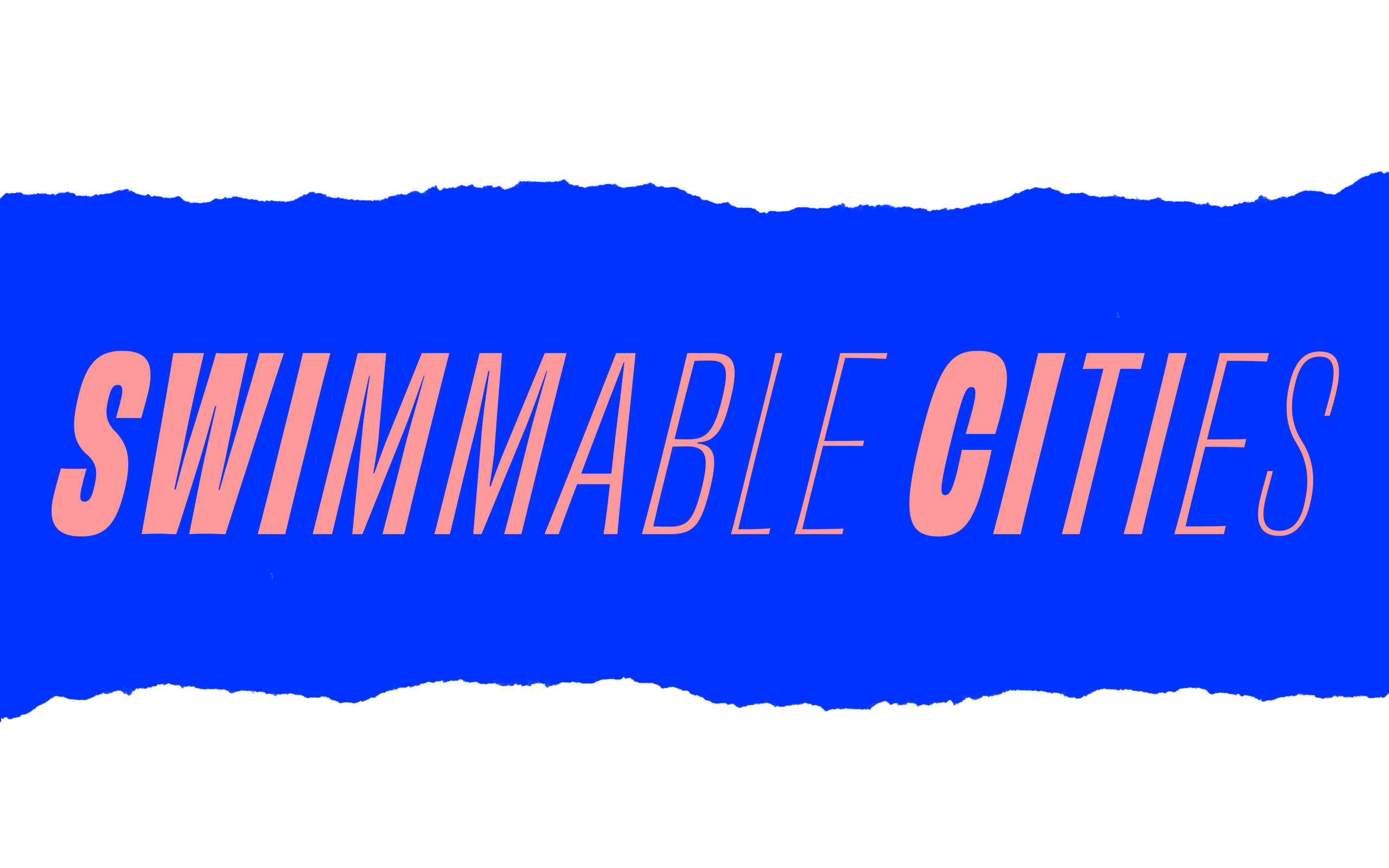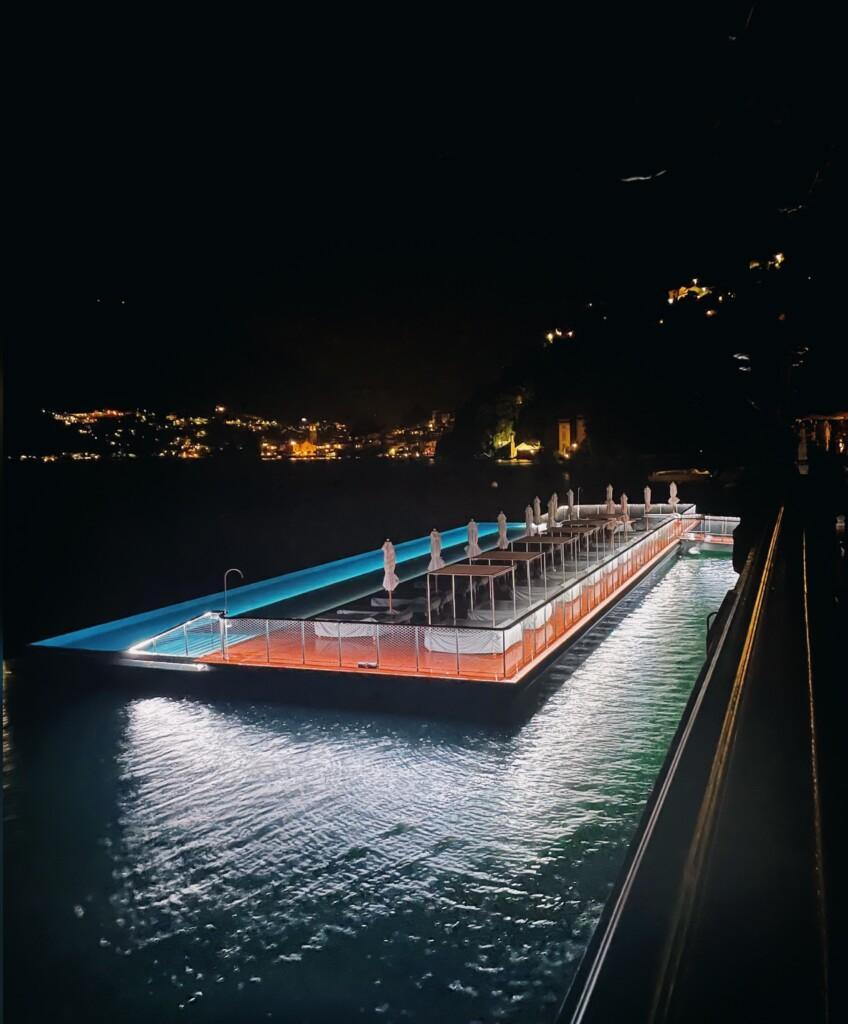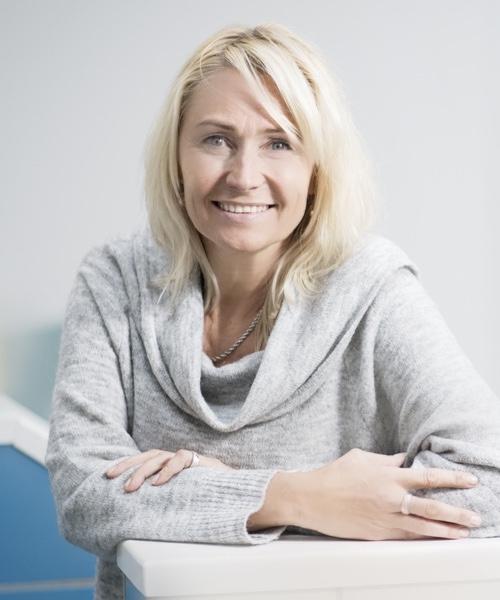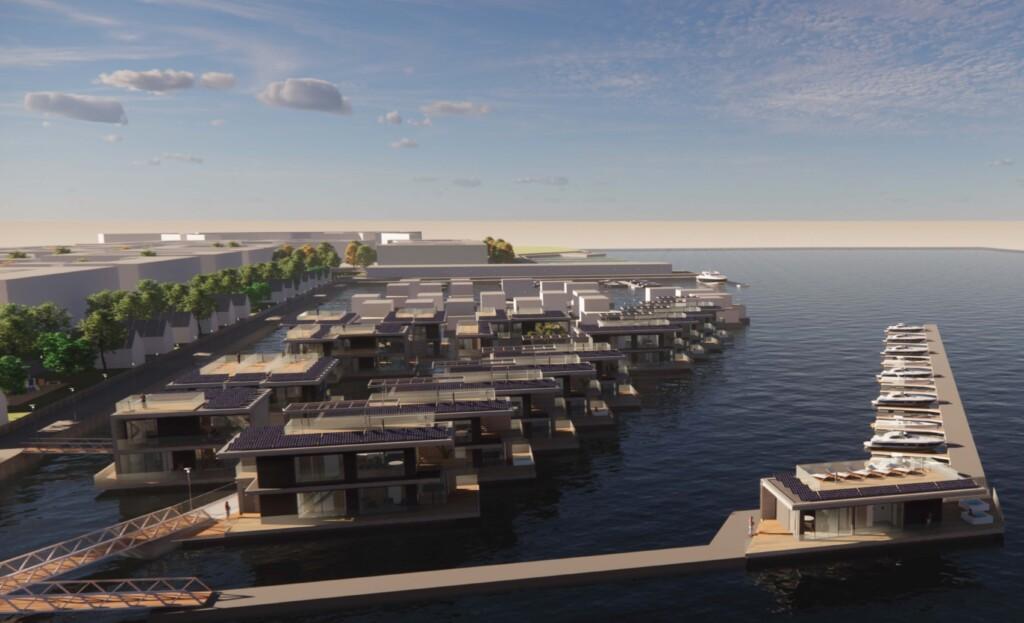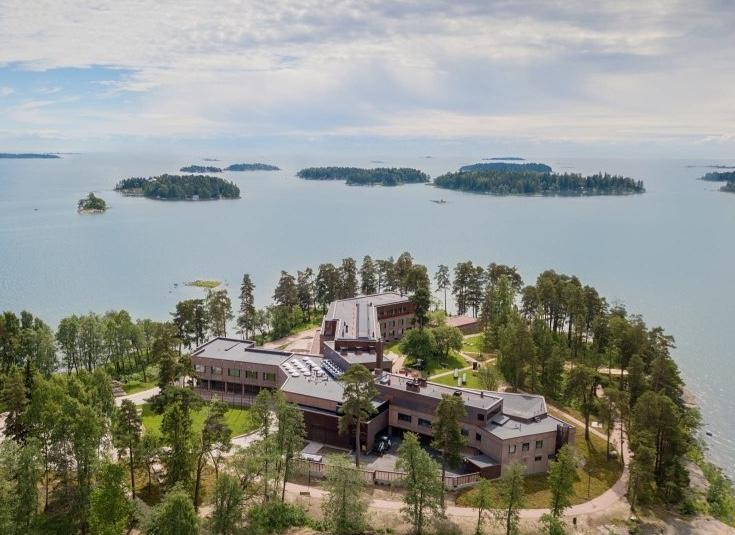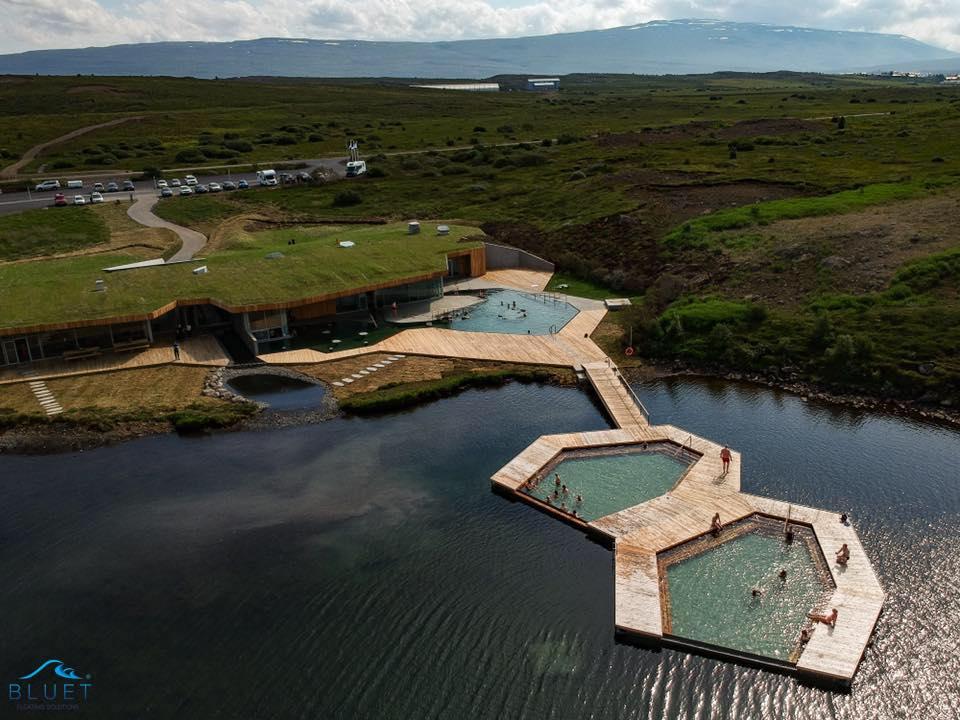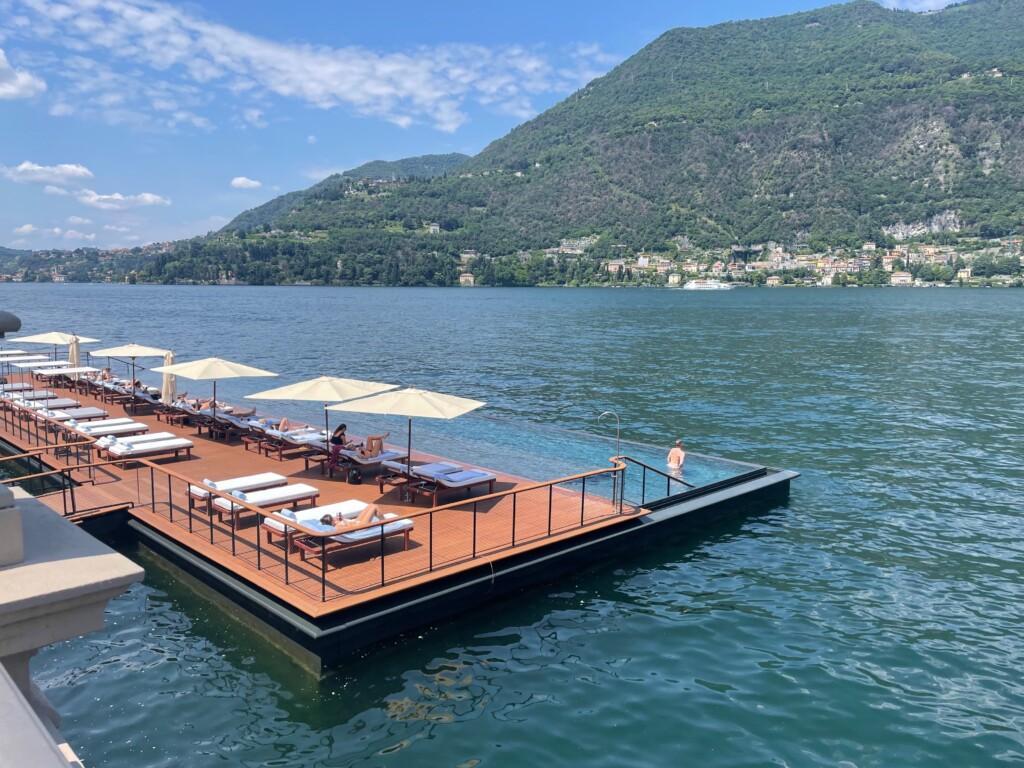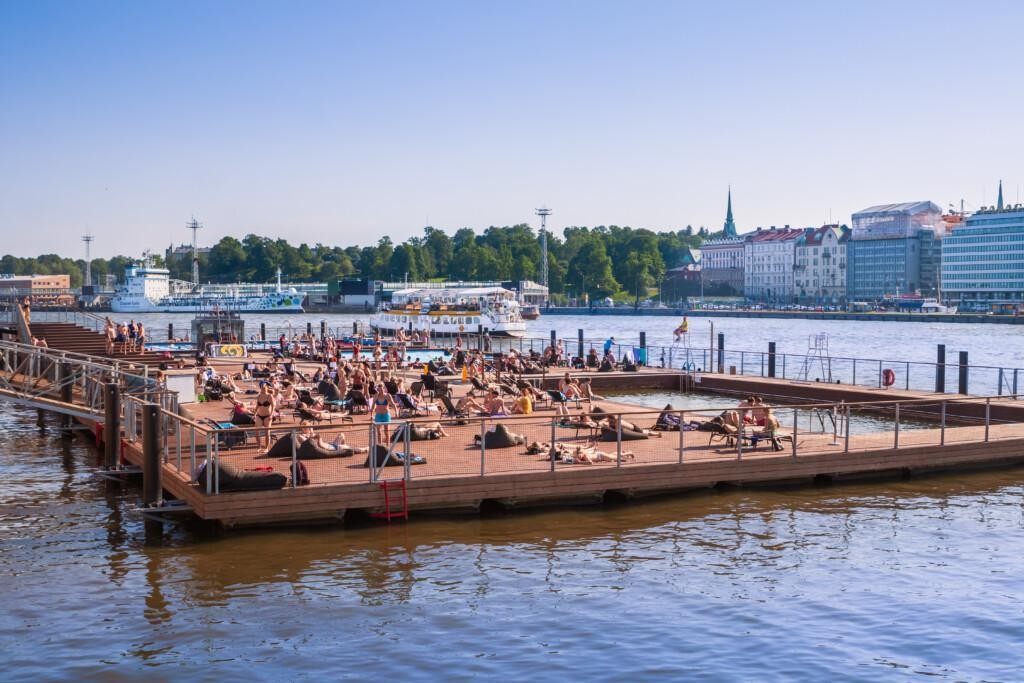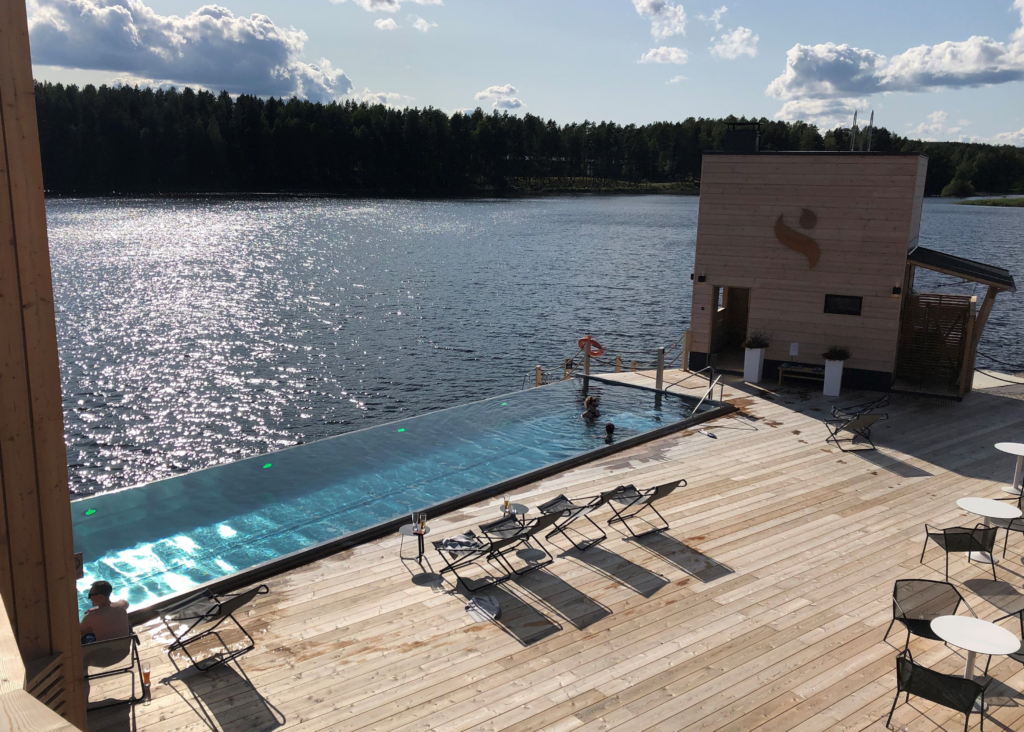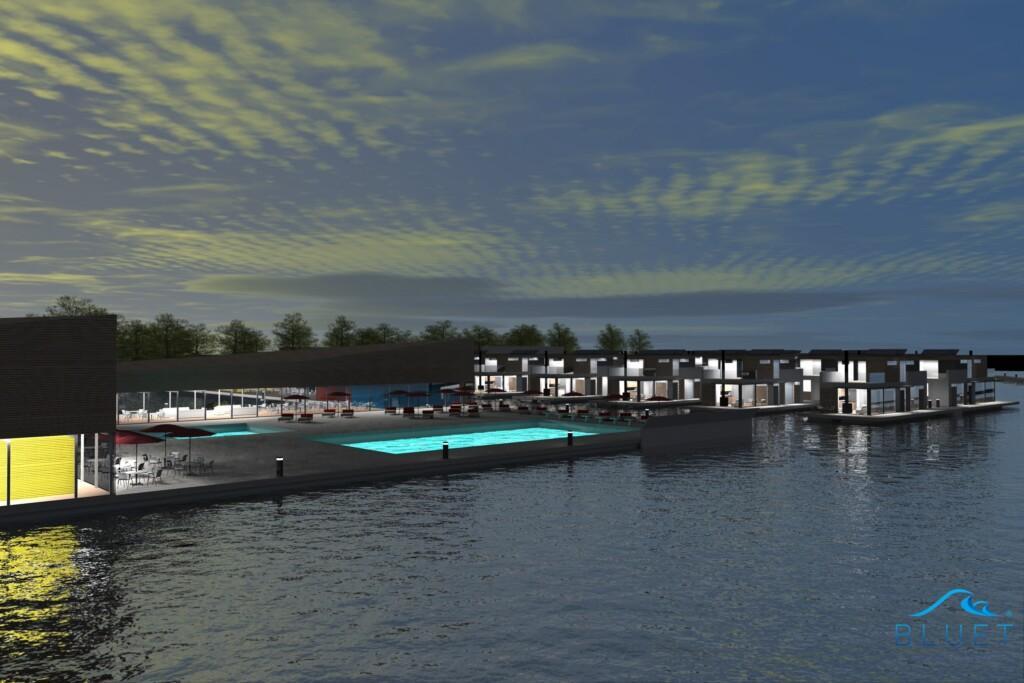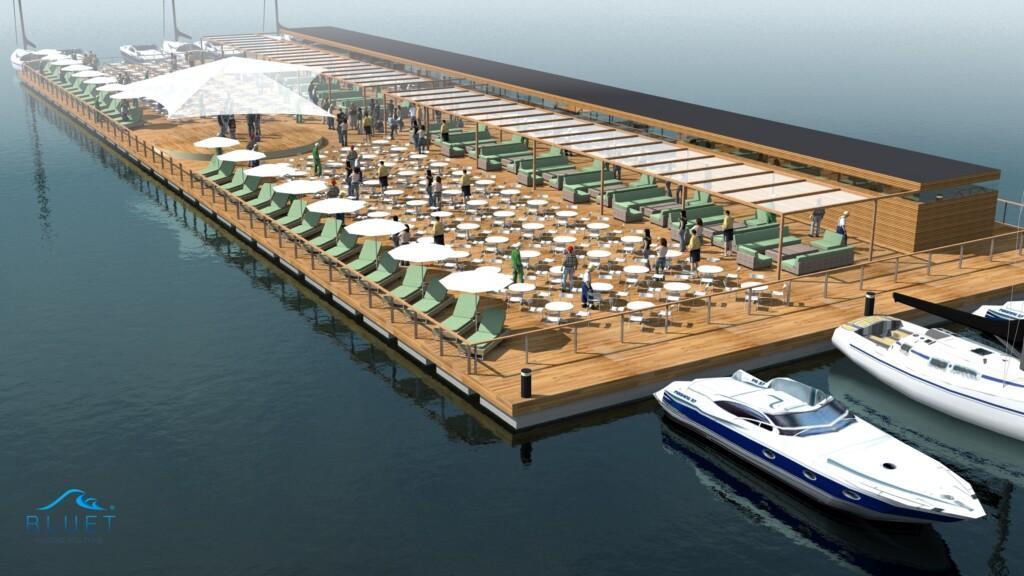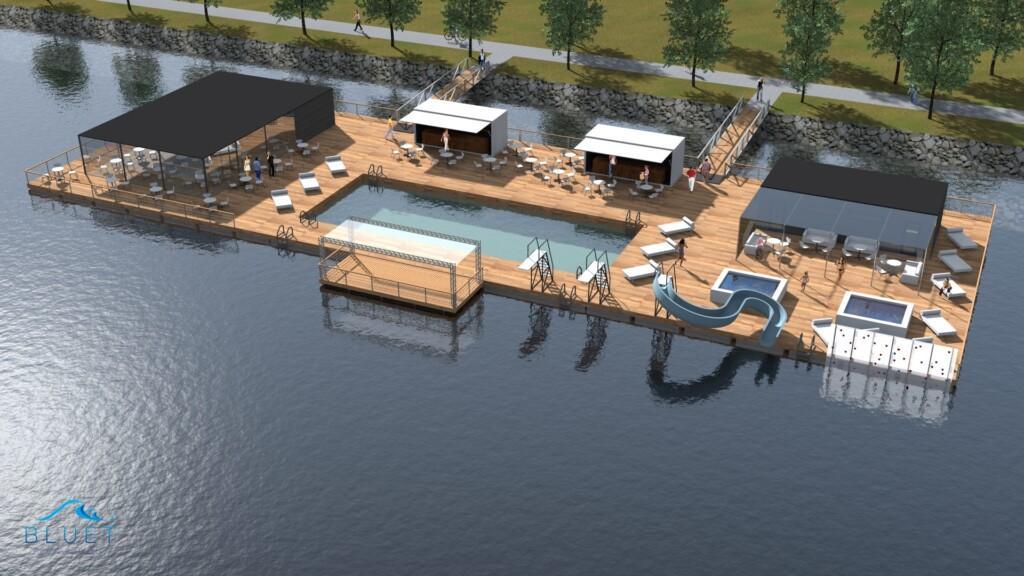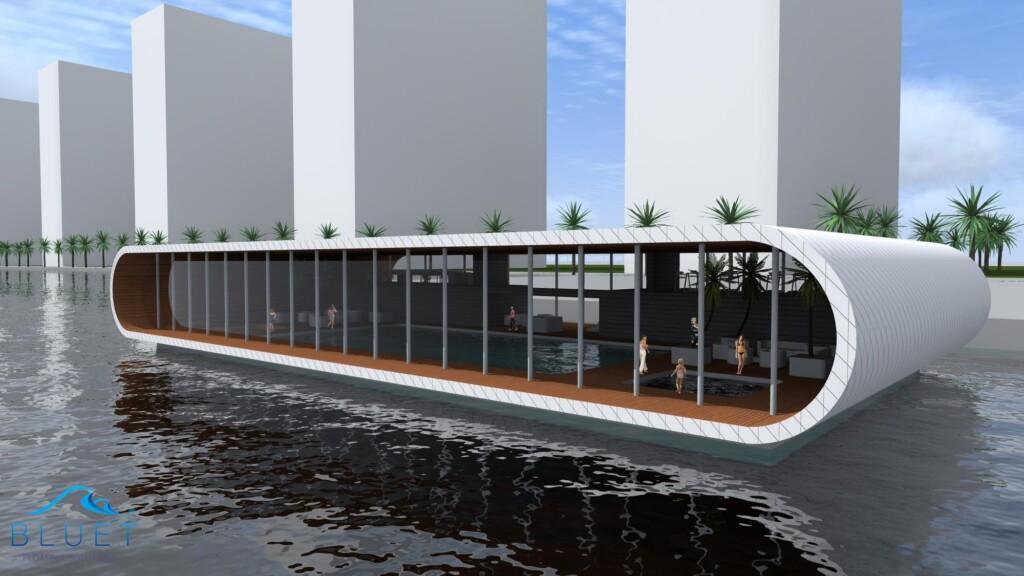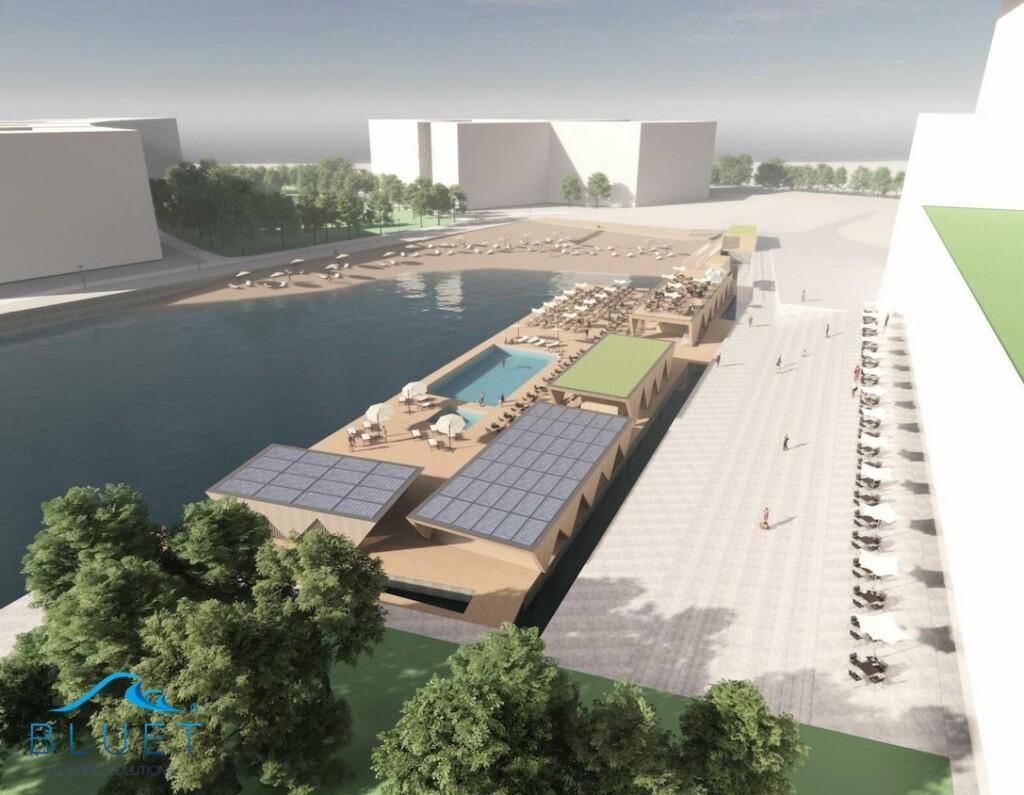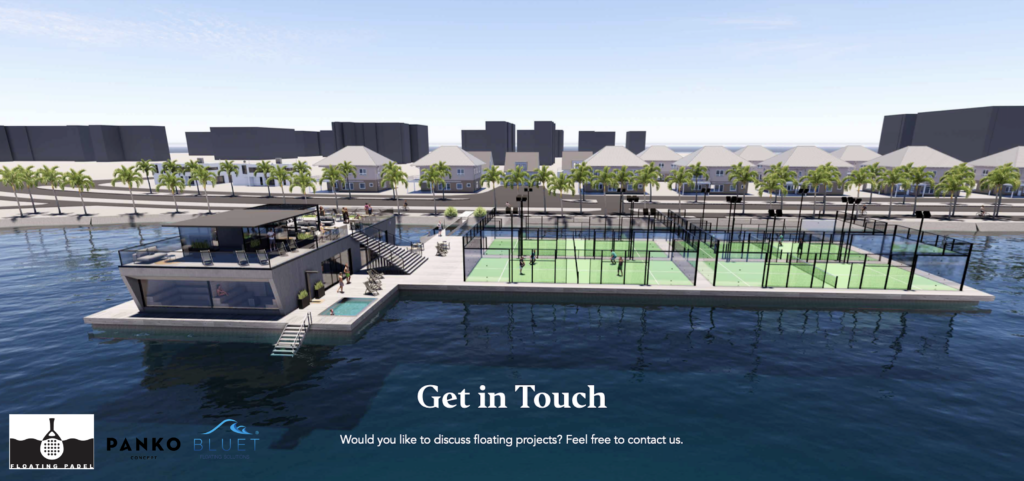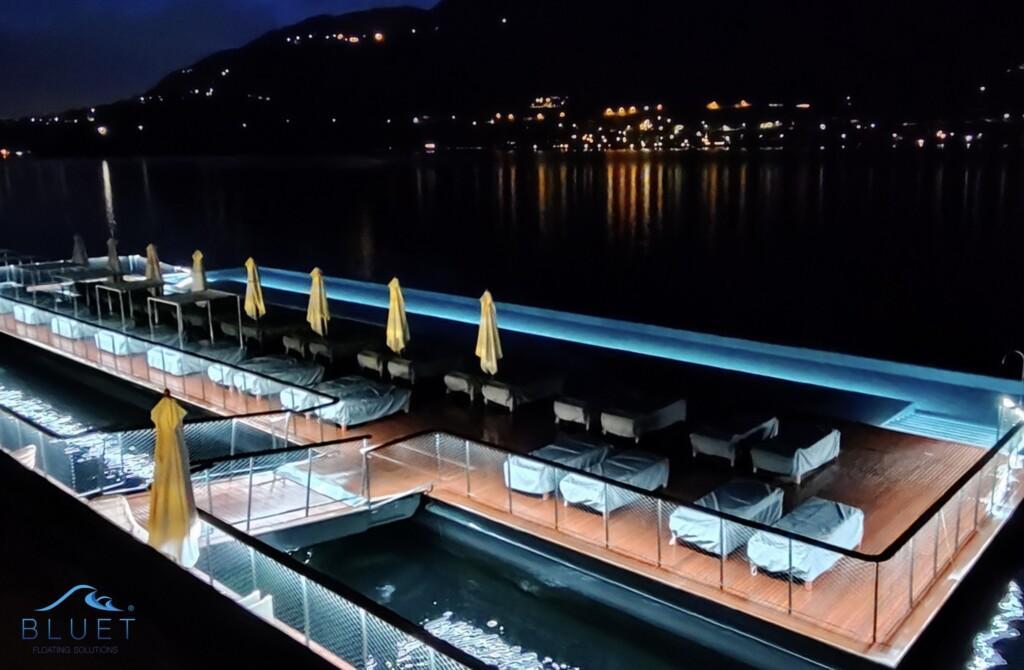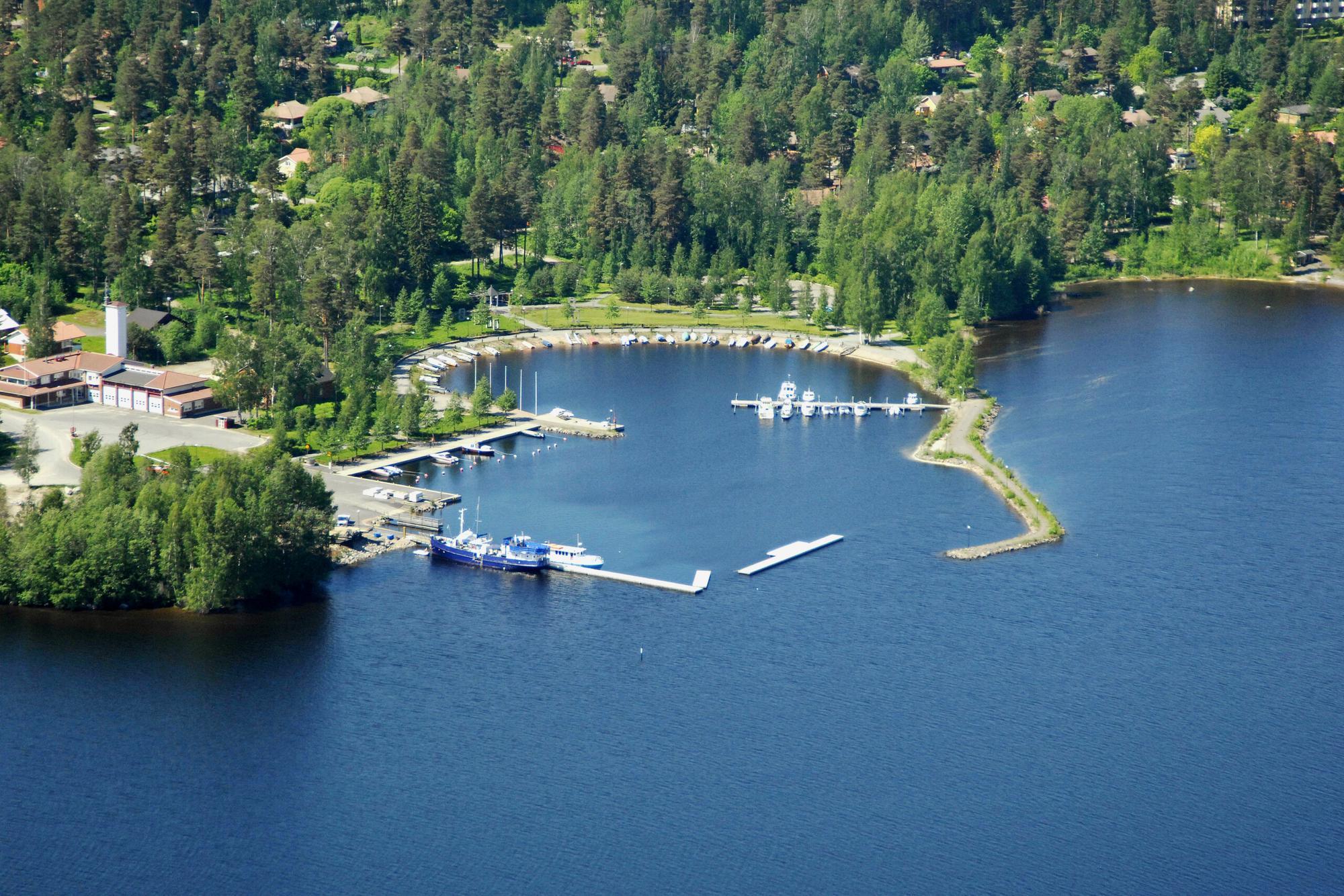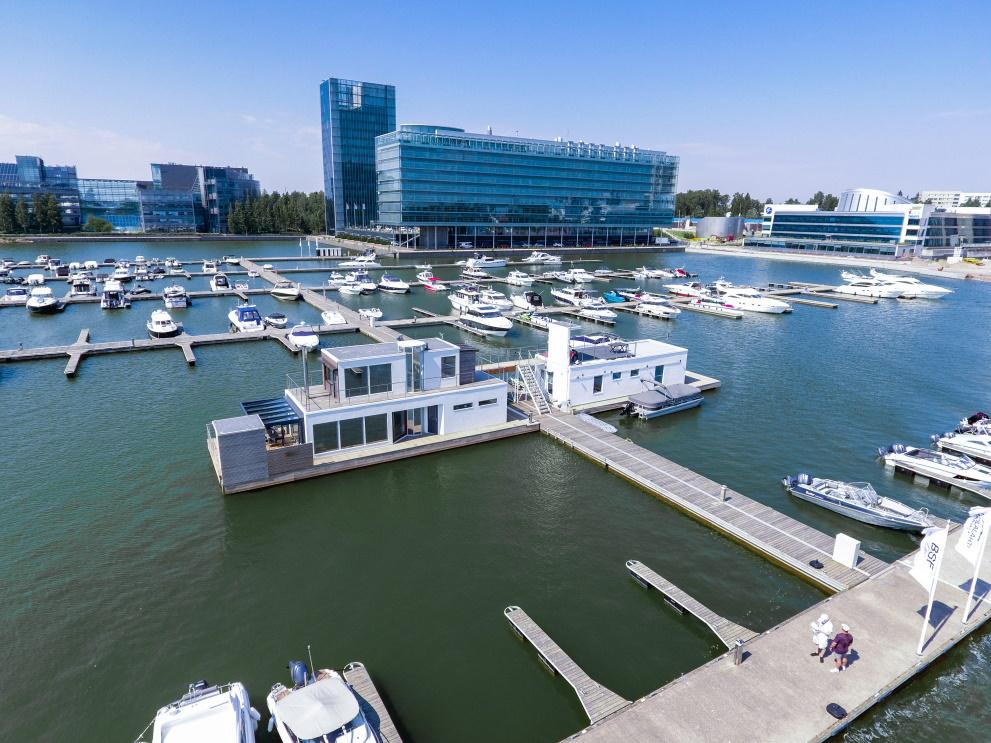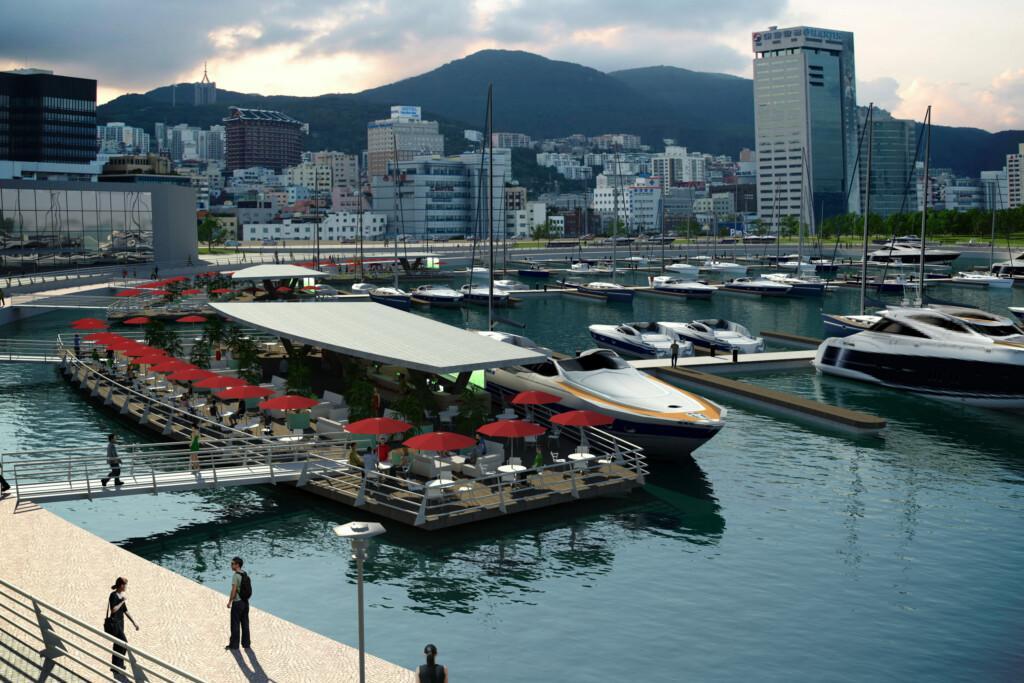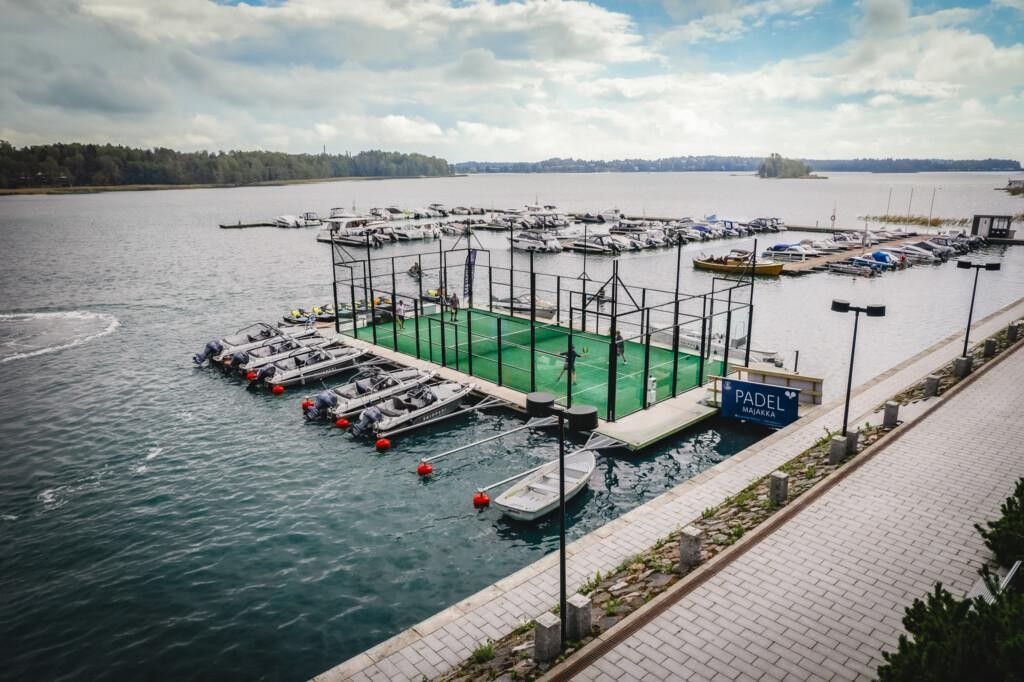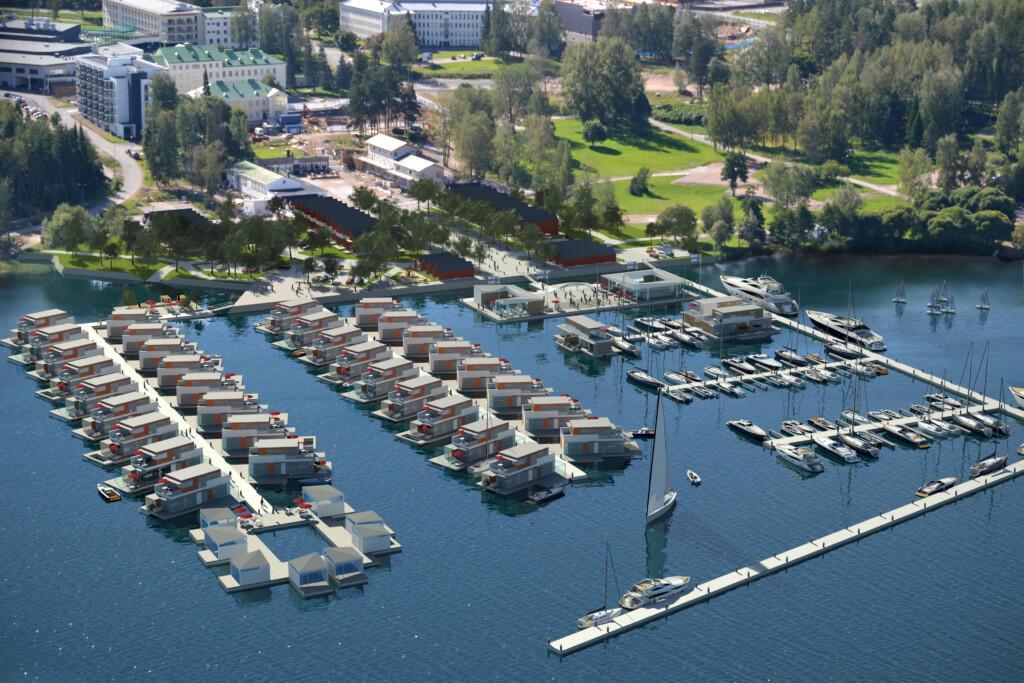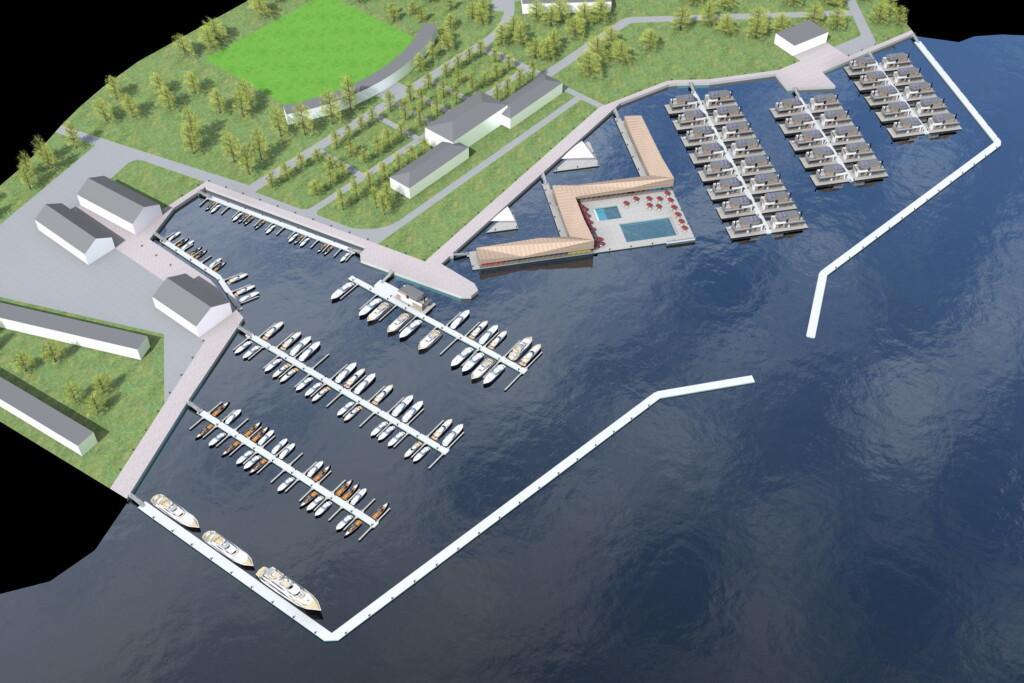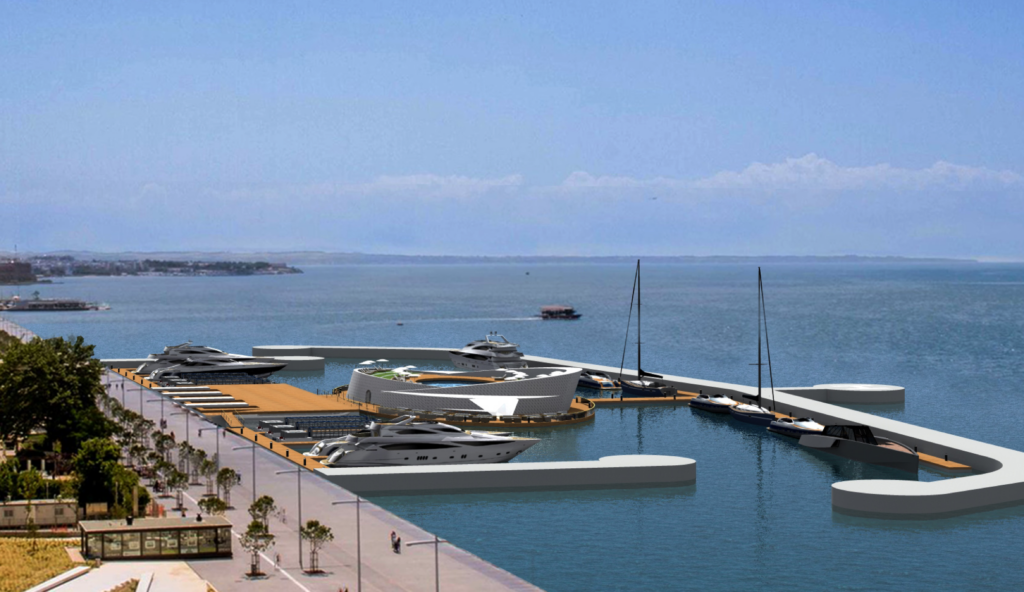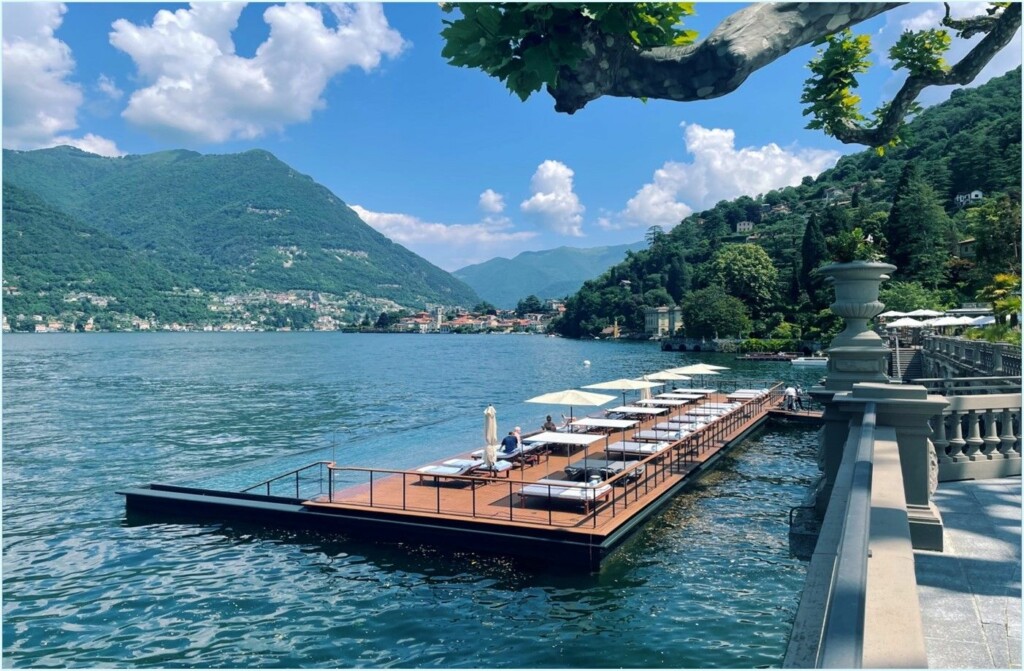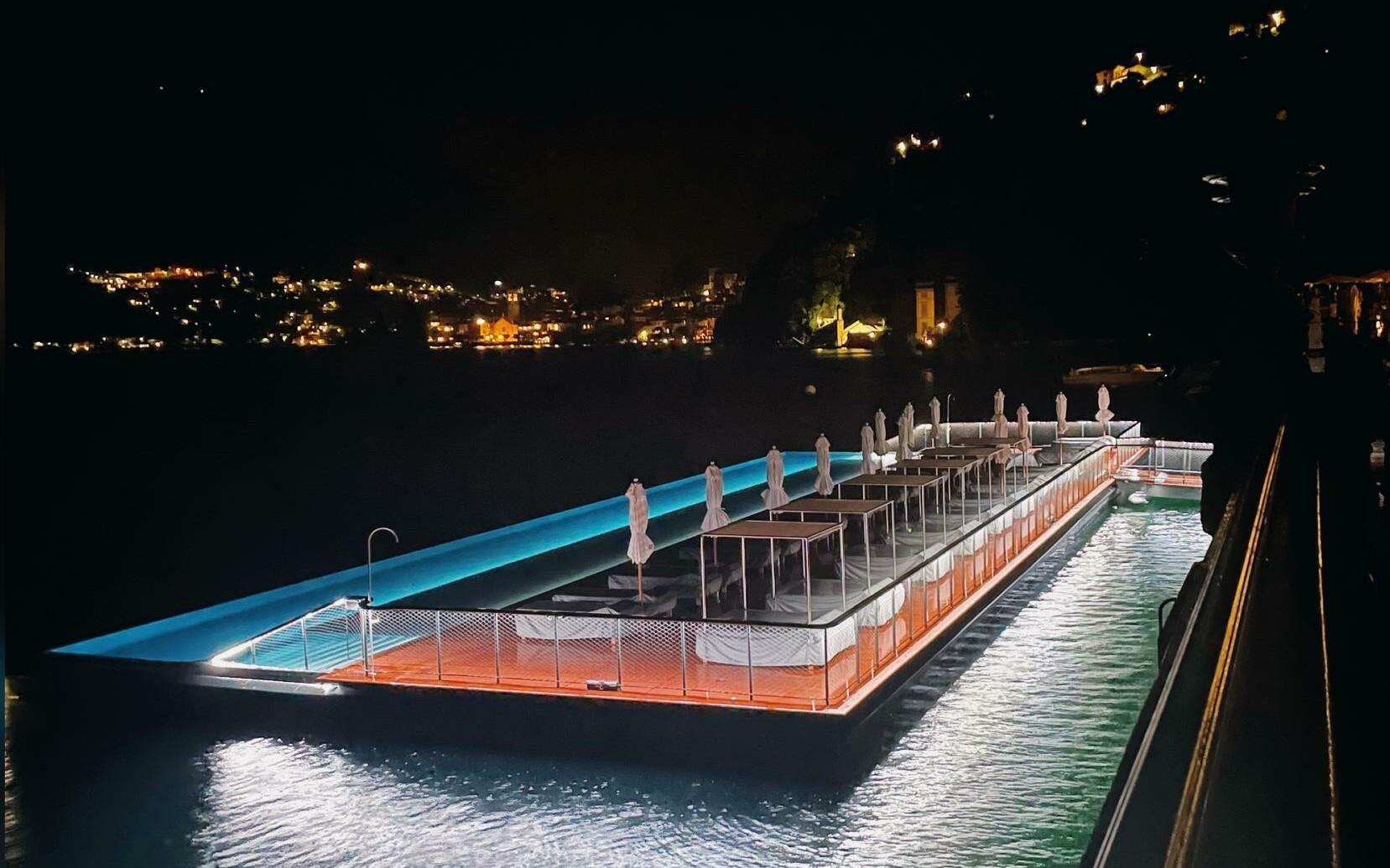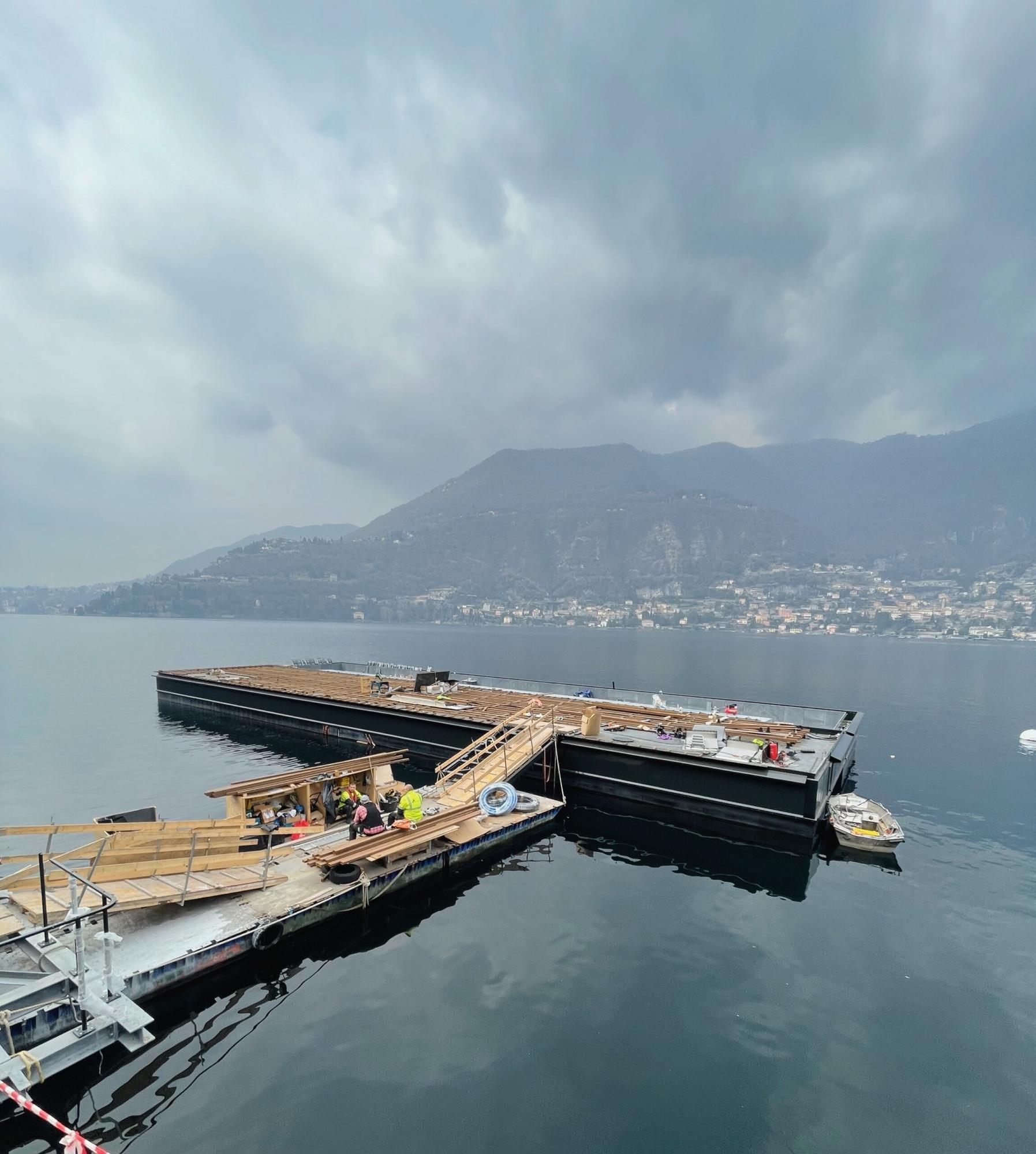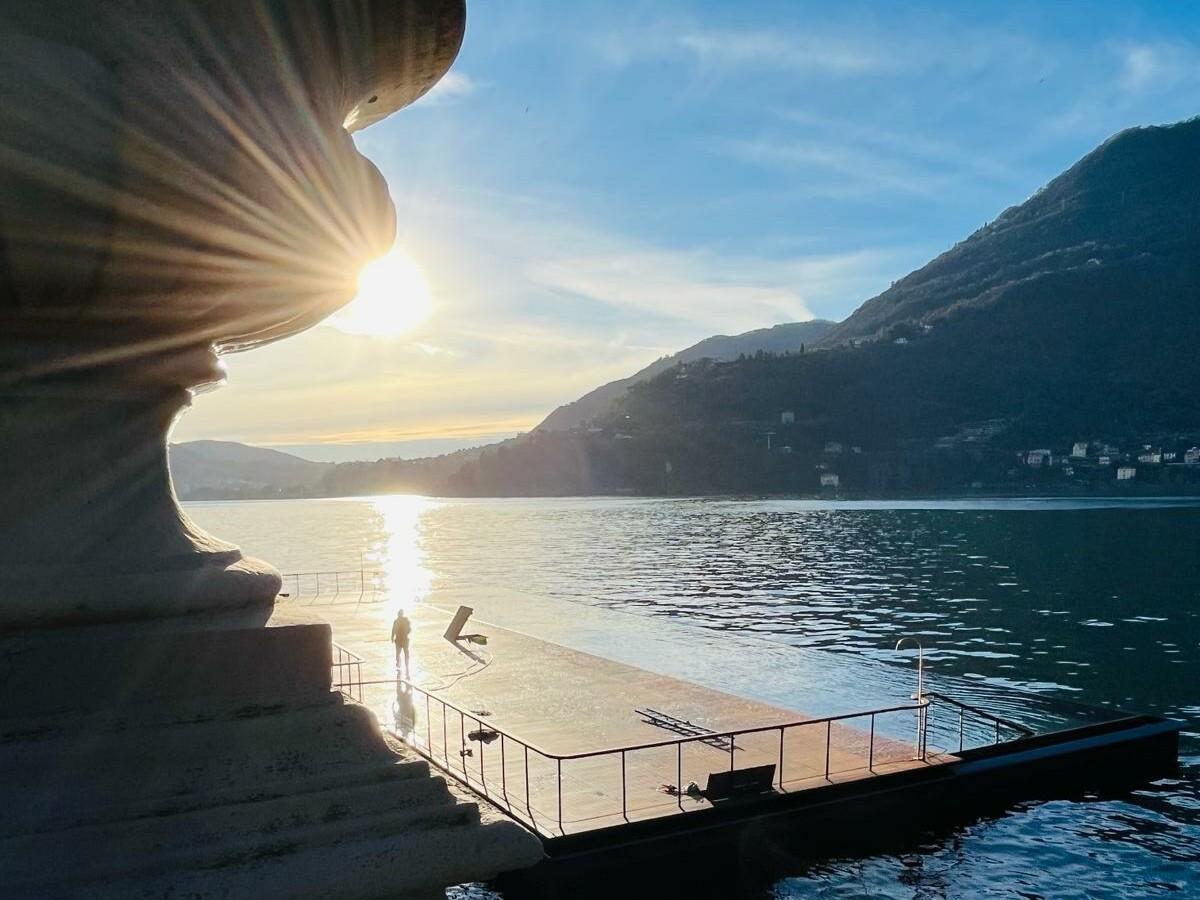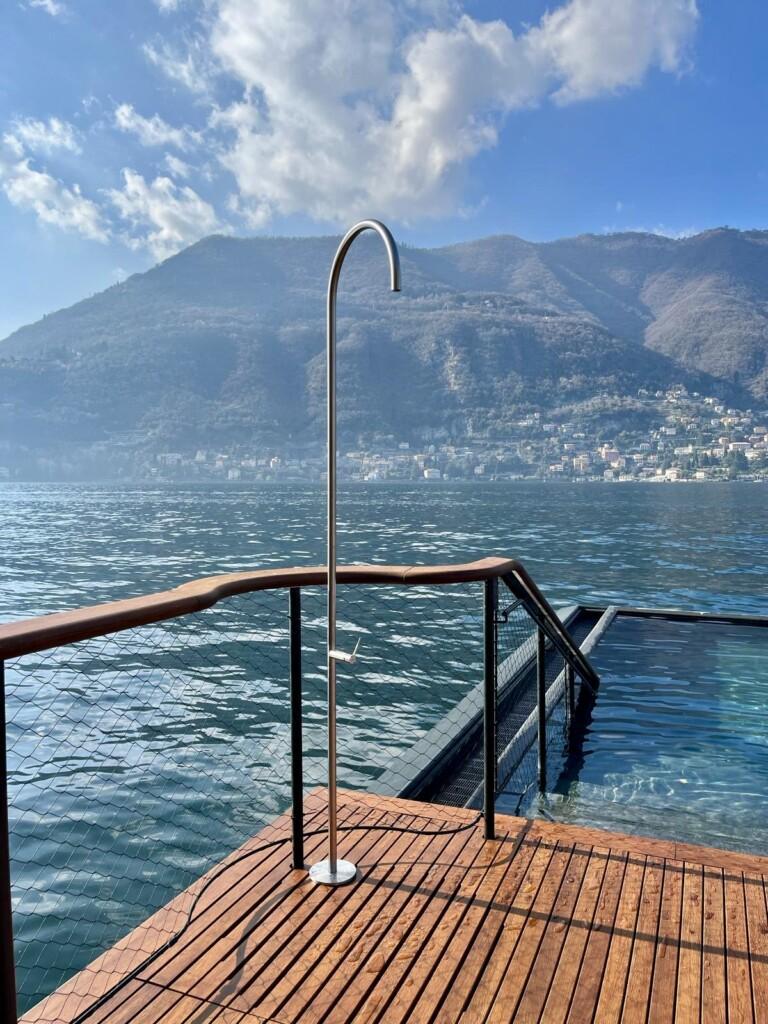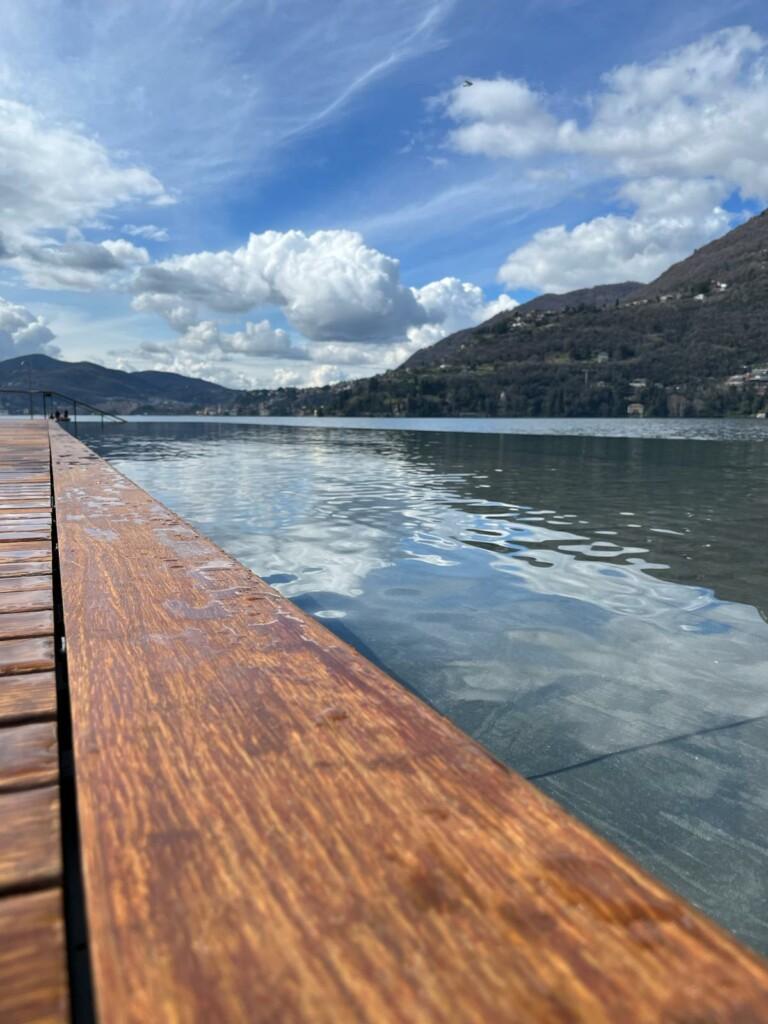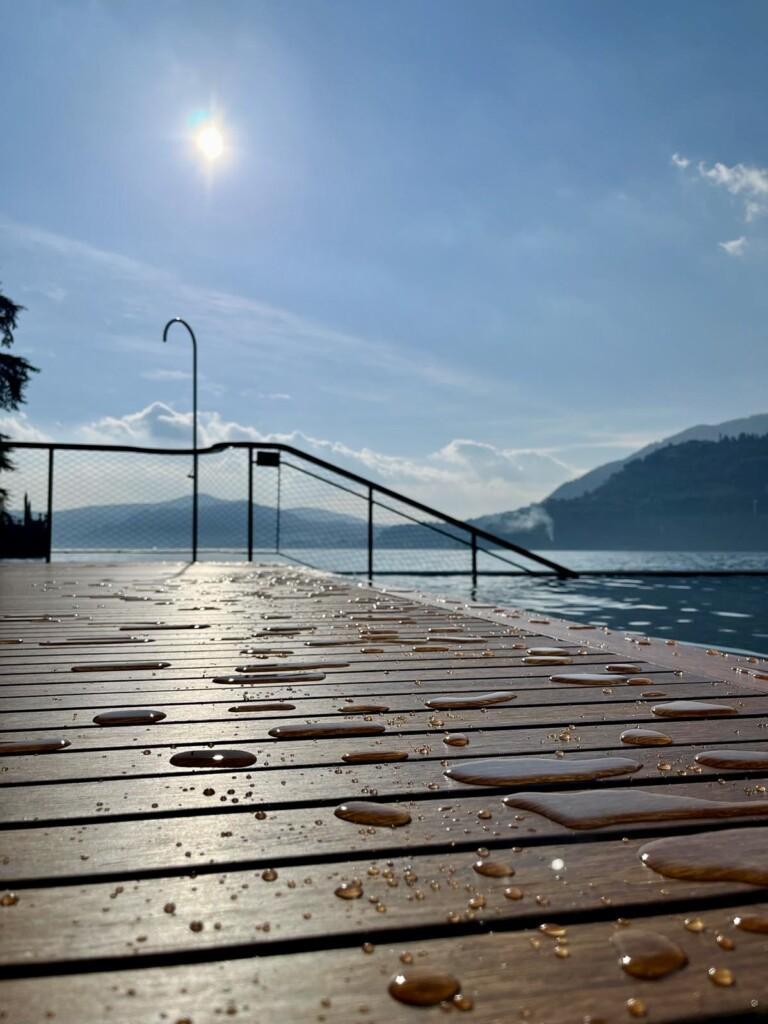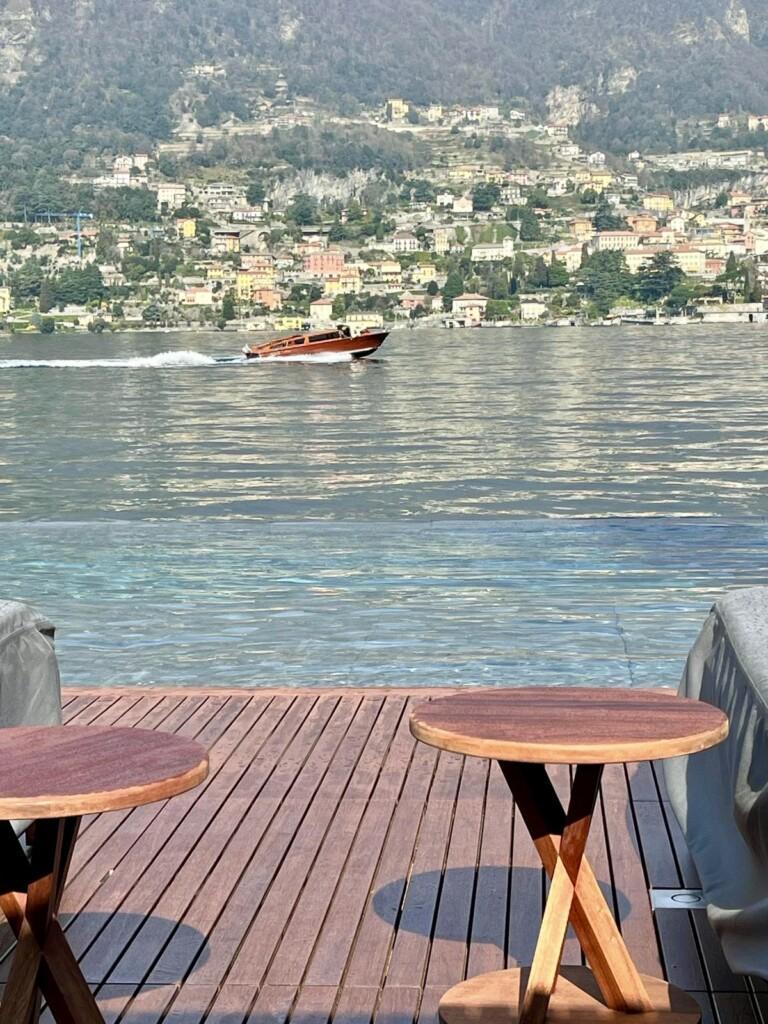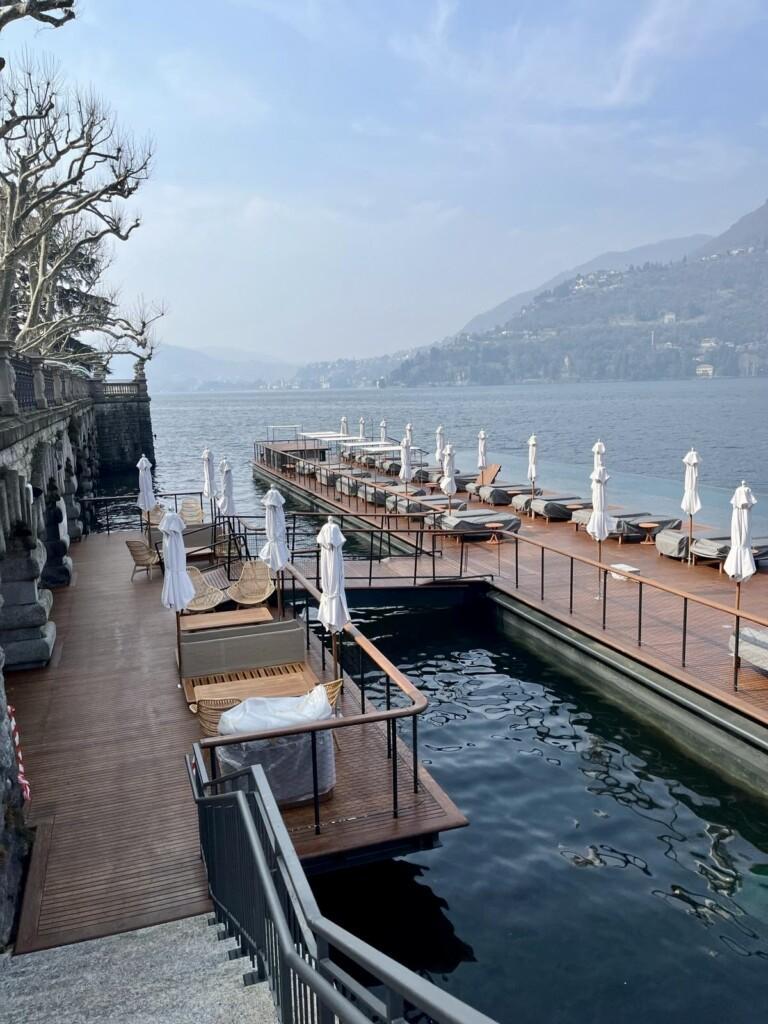Welcome, 2025 – a year of inspiration, progress, and innovation.
As the new year begins, we look forward to new project openings and proceedings, creating new innovating solutions, and shaping the future of floating construction.
Year 2024 was full of new openings and opportunities. Bluet finalised a beautiful floating Sauna-restaurant Kaihu to Osuuskauppa together with Panko Concept, having great progress within a spa project in Sweden, got new project openings and partners in UK, Netherlands and Middle East.



We also joined the Swimmable Cities community and had a great collaboration with UCLA and GAP Team Nro 25. We also joined the 4th World Conference on Floating Solutions on Hong Kong where our Co-Founder and Technical Director, Kimmo, held two presentations concerning the facts behind realising a floating construction project and where our CEO, Tytti, published the plans for the 5th WCFS2025 Bluet is hosting in Finland.




We continued also providing the lifetime services to Mandarin Oriental Lago di Como. Did you know, that the floating pool was mentioned being the Nro 1 pool destination in the world?
Did you also know, that the pool has been designed and delivered by Bluet and the architect behind this beautiful site was Herzog & de Meuron?

Welcoming the Year of Opportunity
At Bluet, we’re excited to embrace 2025 as a year of growth and inspiration. This year we will see out team moving forward with long-awaited projects while also bringing new concepts and products to life. Our focus remains clear: to design and deliver solutions that meet our Clients’ needs, all while advancing technical innovations that push the boundaries of what’s possible on water.

As investment decisions are moving forward, we are able to move to realisation with the unique floating housing area in Helsinki, finally seeing the floating homes in Finland becoming reality.
We also have a brand new project in Germany, which opens a new market and new collaboration with well known architect company from Spain – Ramón Esteve Estudio de Arquitectura.
Innovation at the Core
As leaders in floating construction, we continue to heavily invest in the development of new technical solutions, local partnerships, as well as opportunities in project funding, enabling to offer Bluet Solution as the full solution when floating project is being considered.
Whether it’s crafting Floating Infrastructure for housing, creating one-of-a-kind event spaces, or building wellness-focused saunas and spas, we’re committed to designing solutions tailored to our clients’ needs.
Beyond the design and delivery, we aim to assist in decision-making by offering not just the product concept with lifecycle services but also funding options with our partners, ensuring our Clients feel supported at every step.


As floating construction is a developing business field, there are often also other obstacles to overcome, related to local legislations and permitting proceedings. Bluet continues to work on floating construction standards, assisting authorities and other decision makers to understand the restrictions, requirements and capabilities, when floating solutions is being evaluated. What makes us unique is that Bluet has a proven record of realised projects, years of expertise in traditional and maritime construction and most of all, a continuous R&D process as a basis of the quality assurance. Therefore, our team always considers the technical feasibility in an early stage all the way to the actual construction.
Strengthening the Industry
2025 marks a pivotal year in establishing floating construction as a “serious” and recognised industry. As hosts of WCFS2025 in Finland, we are proud to play a key role in uniting professionals and fostering innovation within the global floating solutions community. This conference will be a platform for sharing expertise, showcasing advancements, and driving the future of this field.
We invite all stakeholders – architects, developers, municipalities, and entrepreneurs – to join us in Finland and be part of this milestone event.
We also invite you to join and present your perspectives and insights within floating construction at the conference.
Calling in the abstracts in ongoing. Approved ones will be asked to be written in an article form and published by Springer publications.
It would be great to have you the attending and joining the community of Floating Solutions – and making the future float!
Looking Ahead
As we navigate 2025, we remain guided by our mission: to create floating solutions that inspire, innovate, and stand the test of time. From designing floating pools to delivering infrastructure for housing and hospitality facilities, our team is ready to take on the challenges and opportunities this year will bring.
We thank our clients, partners, and collaborators for their trust and support as we continue to shape the future of floating construction together. Here’s to an inspiring year ahead!
Let’s make the 2025 float – together.



